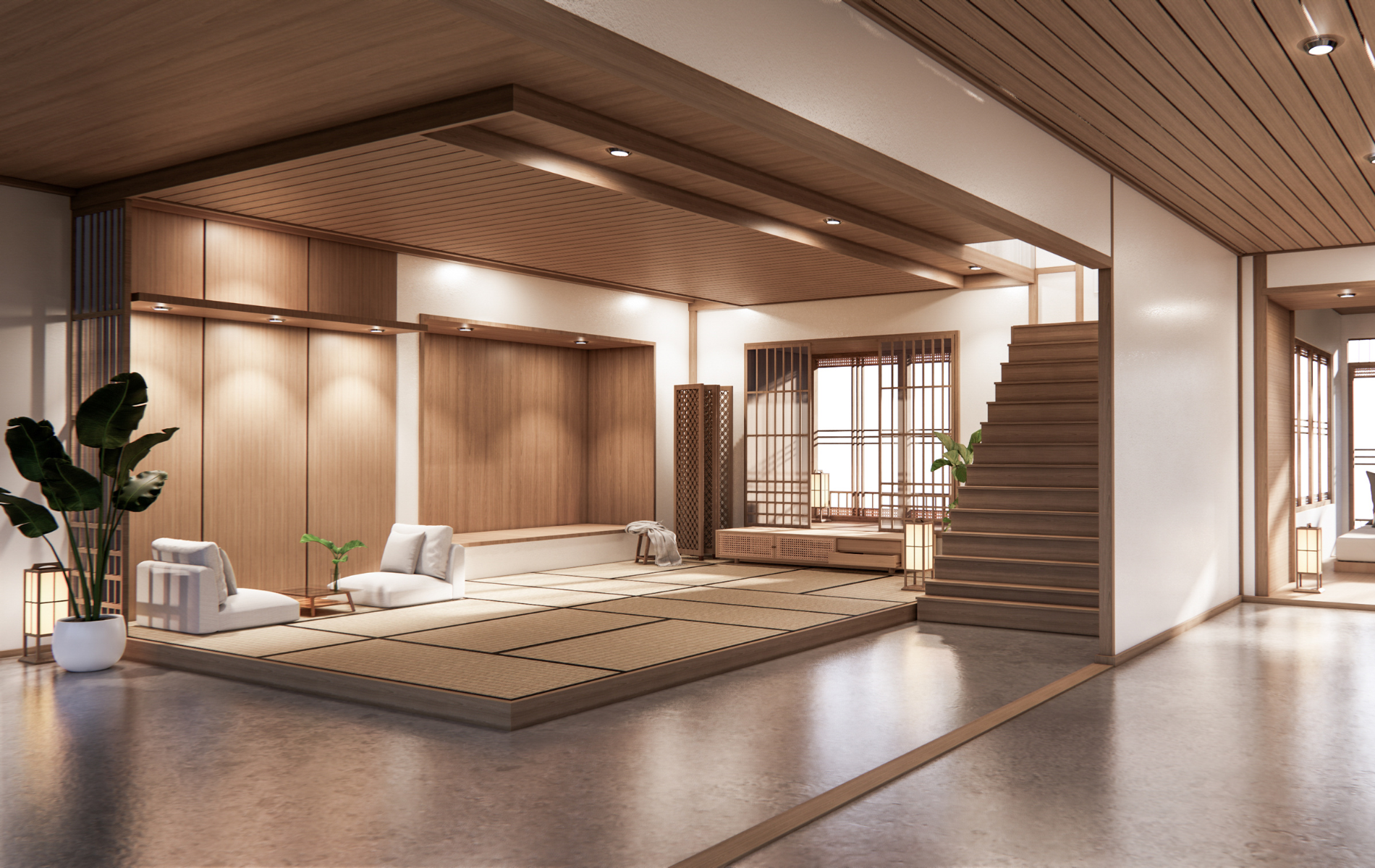Interior Design for Historic New England Homes: Blending Old and New
Interior Design for Historic New England Homes: Blending Old and New

Colonial homes are among the most iconic architectural styles in Massachusetts. With their symmetrical facades, central chimneys, and classic trim profiles, these homes remain timeless symbols of New England history. Inside, they often feature modest room sizes, wide-plank floors, and simple millwork that provide the perfect canvas for thoughtful design.
Selecting the right color palette for a Massachusetts Colonial home is one of the most powerful ways to honor its heritage while making it feel comfortable for modern living. The wrong colors can make a Colonial feel flat or disconnected from its architecture, but the right choices bring warmth, balance, and elegance. At PNB Interior Design, Inc., we specialize in curating palettes that reflect tradition while suiting twenty-first-century families.
Understanding Colonial Architecture and Interiors
Before choosing colors, it’s important to recognize the elements that define a Colonial home:
- Symmetry: Central front door with evenly spaced windows.
- Materials: Wood clapboard siding, brick fireplaces, exposed beams.
- Interior layout: Formal front rooms, modest kitchens, and compartmentalized plans.
- Trim and moldings: Simple yet substantial, painted in contrasting tones.
These architectural features guide color choices. Colonials call for palettes that highlight trim, unify small rooms, and echo natural materials like wood and stone.
Historical Inspiration vs. Modern Living
Traditional Colonial Colors
Colonial interiors originally featured natural pigments: earthy reds, muted greens, soft yellows, and creamy whites. These hues were practical, available through natural dyes, and worked well in candlelit interiors.
Modern Adaptations
Today, homeowners often prefer lighter, brighter palettes that reflect more daylight and create a sense of openness. The goal is to balance historical authenticity with modern comfort.
PNB Tip: Use historically inspired colors as accents, while keeping walls in lighter, modern tones for versatility.
The Foundation: Whites and Neutrals
No Colonial palette is complete without reliable neutrals.
- Warm whites: Ideal for walls or trim, reflecting the warmth of natural wood.
- Soft creams: Perfect for main living spaces, offering both brightness and coziness.
- Beiges and taupes: Complement wood floors and stone fireplaces without overwhelming.
Recommended shades:
- Benjamin Moore “White Dove” (timeless and versatile).
- Farrow & Ball “Slipper Satin” (soft and warm).
Accent Colors for Depth and Interest
Colonial interiors thrive on contrasts—walls in one color, trim in another, or fireplaces highlighted with deeper shades.
- Muted greens: Reflect the landscape and work beautifully in studies or libraries.
- Deep blues: Add elegance to dining rooms or parlors.
- Brick reds and ochres: Tie interiors to central chimneys and hearths.
PNB Approach: Use these richer tones sparingly, often on one wall, cabinetry, or wood paneling, so they ground a room without darkening it.
Coordinating Colors Room by Room
Living Room
Opt for warm neutrals on walls with crisp white trim. Accent with deeper blues or greens on built-ins.
Kitchen
Colonial kitchens benefit from soft creams or sage greens, paired with wood or stone finishes. Painted cabinetry in muted hues creates authenticity.
Dining Room
Deep navy or muted red walls with white wainscoting highlight symmetry and add formality.
Bedrooms
Softer tones—warm creams, pale blues, or light greens—create comfort without overwhelming small rooms.
Bathrooms
Crisp whites with historic-inspired accents (like soft gray cabinetry) feel clean yet timeless.
Case Studies
Worcester County Colonial
A family wanted a palette that felt historic but lively. We painted walls in Benjamin Moore “White Dove,” accented with navy built-ins in the dining room, and added sage green cabinetry in the kitchen. The balance of neutral and bold colors respected the home’s structure while making it family-friendly.
Coastal Massachusetts Colonial
This home featured exposed beams and ocean views. We chose sandy neutrals for walls, pale blues for bedrooms, and crisp white trim throughout. The result: interiors that felt connected to both history and setting.
Balancing Old and New
Colonial homes don’t need to feel like museums. Pair traditional colors with modern furnishings for balance.
- Use
neutral walls with colorful artwork and textiles.
- Introduce
modern lighting in historic-inspired finishes.
- Balance
traditional millwork with contemporary furniture.
The palette creates the backdrop for this blend, tying eras together seamlessly.
Common Mistakes to Avoid
- Too much white: Colonials need depth. Pure white everywhere can feel sterile.
- Ignoring trim: Walls and trim in the same color erase the character of moldings.
- Using overly trendy colors: Neon or ultra-modern shades clash with Colonial proportions.
Dark colors everywhere: Colonials often have smaller rooms—limit heavy tones to accent walls or cabinetry.
FAQs
What is the most popular color for Colonial homes in Massachusetts?
Warm whites and soft creams are the most popular, often paired with deeper trim colors for contrast.
Can I use bold colors in a Colonial home?
Yes, but sparingly. Deep navy or muted red works well for dining rooms or fireplaces when balanced with lighter walls.
Should trim and walls be the same color?
No. Trim should contrast subtly with walls to emphasize architectural details.
What finishes work best?
Eggshell for walls, satin or semi-gloss for trim, and matte for ceilings provide durability and depth.
How do I modernize a Colonial palette?
Keep walls light and neutral, then use historically inspired colors on cabinetry, built-ins, or accent walls.
Do historic commissions regulate interior paint colors?
Generally, no. Regulations usually apply to exteriors, but respecting interior heritage enhances value.
How often should Colonial interiors be repainted?
Every 5–7 years, or sooner in high-traffic rooms. Durable finishes extend longevity.
Can I combine modern furniture with traditional palettes?
Absolutely. A neutral Colonial palette provides the perfect backdrop for mixing old and new.
Conclusion
Choosing the
perfect color palette for a Massachusetts Colonial home means balancing history with modern living. Warm whites, sandy neutrals, and historically inspired blues, greens, and reds enhance the architecture, highlight trim, and create inviting interiors. With careful selection, these palettes make Colonials feel timeless yet fresh.
At
PNB Interior Design, Inc., we specialize in helping families design interiors that respect heritage while working for today’s lifestyles. From color consultations to full design services, we ensure your Colonial home feels both historic and modern.
Call to Action
Transform your Massachusetts Colonial home with a timeless color palette. Contact
PNB Interior Design, Inc. today to schedule a consultation.
Contact Information
- Massachusetts Office:
(508) 328-3231 – Northborough, MA
- Maine Office:
(207) 374-7164 – Blue Hill, ME
- Email: pnb@pnbinc.com
Website: PNB Interior Design – https://www.pnbinc.com
Internal Links:
- Color Consultations –
https://www.pnbincma.com/color-consultations
- Interior Design Services –
https://www.pnbincma.com/interior-design
External Links:
- Benjamin Moore Historical Colors –
https://www.benjaminmoore.com/en-us
- Farrow & Ball Historic Paints –
https://www.farrow-ball.com/


